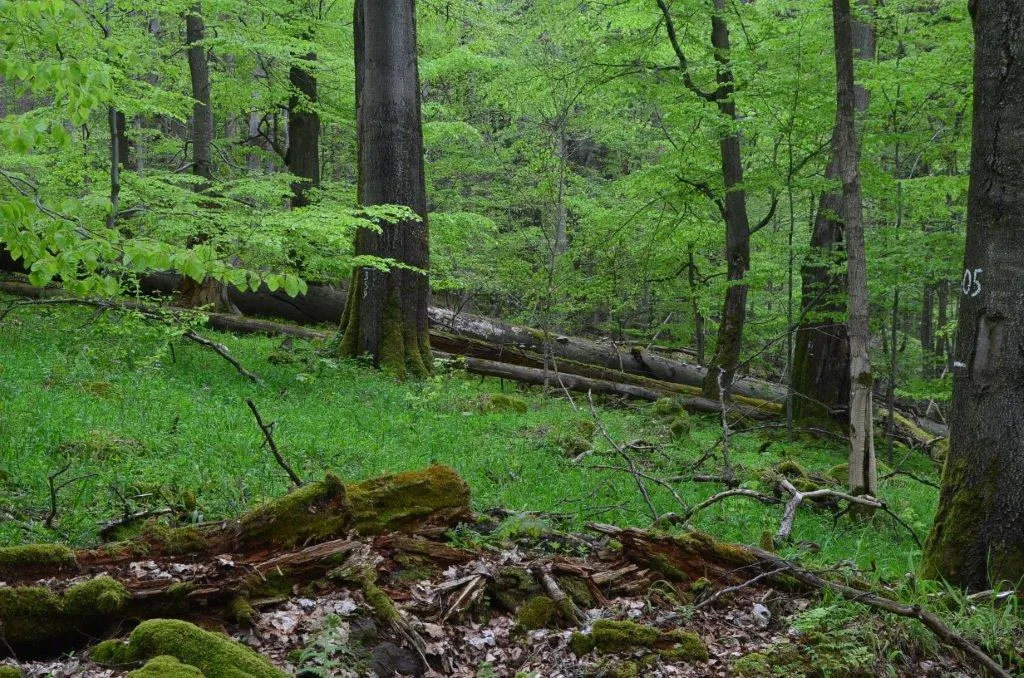Fungi as indicators of nature conservation value
Wood-inhabiting fungi represent an ecologically highly important group of organisms in natural forests, and fungal decomposition of dead wood is a central process in the recycling of nutrients. Over the course of evolution, many wood-inhabiting fungi have become adapted to very special forest habitats and are now inextricably connected with this ecological niche, making them useful “indicator” species for identification and characterization of natural forests.
In central Europe, primeval (or virgin) forests are highly endangered due to human influence and long-lasting exploitation. Conservation programs for the last remaining natural forests with their large biodiversity are therefore highly important. Dead wood is both positively correlated with biodiversity and negatively with forest management due to timber extraction in managed forests. However, dead wood amounts alone often do not suffice to identify and characterize sites of high conservation value, and fungi have been identified by several groups across Europe as a valuable surrogate.
Many fungi exist that fulfill the following criteria: 1) They occur primarily in old and undisturbed forests, 2) are strictly associated with specific dead wood habitats, 3) have a high demand for relevant dead wood types, quantities or structural parameters, and 4) quickly diminish after onset of human forest management. They are themselves therefore also threatened on a continental scale and represent key species for certain wood recycling stages inherent to undisturbed forests.
More knowledge on these species would help to better understand the complex interplay of organisms during one of the most important stages in the life of a forest – its resurrection from the mineralized residues of its former self. It would moreover allow to get a valuable insight into the processes of carbon turnover in undisturbed forest ecosystems, with possible applications not only in ecology and conservation management but also in biotechnological questions using fungi, such as for biorefinery.
For these reasons, we are working to contribute a number of indicator species to the “1000 Fungal Genomes” project. A focus for us are the natural forest reserves of Bavaria and the core areas of the Bavarian Forest National Park in Germany.
Partners
Markus Blaschke, LWF, Freising, GER
Prof. Dr. Claus Bässler, Ecology of Fungi, University of Bayreuth
Nationalpark Bayerischer Wald, Abt. Naturschutz und Forschung
Supported by
1000 Fungal Genomes Project, Joint Genome Institute, Walnut Creek, CA, USA

